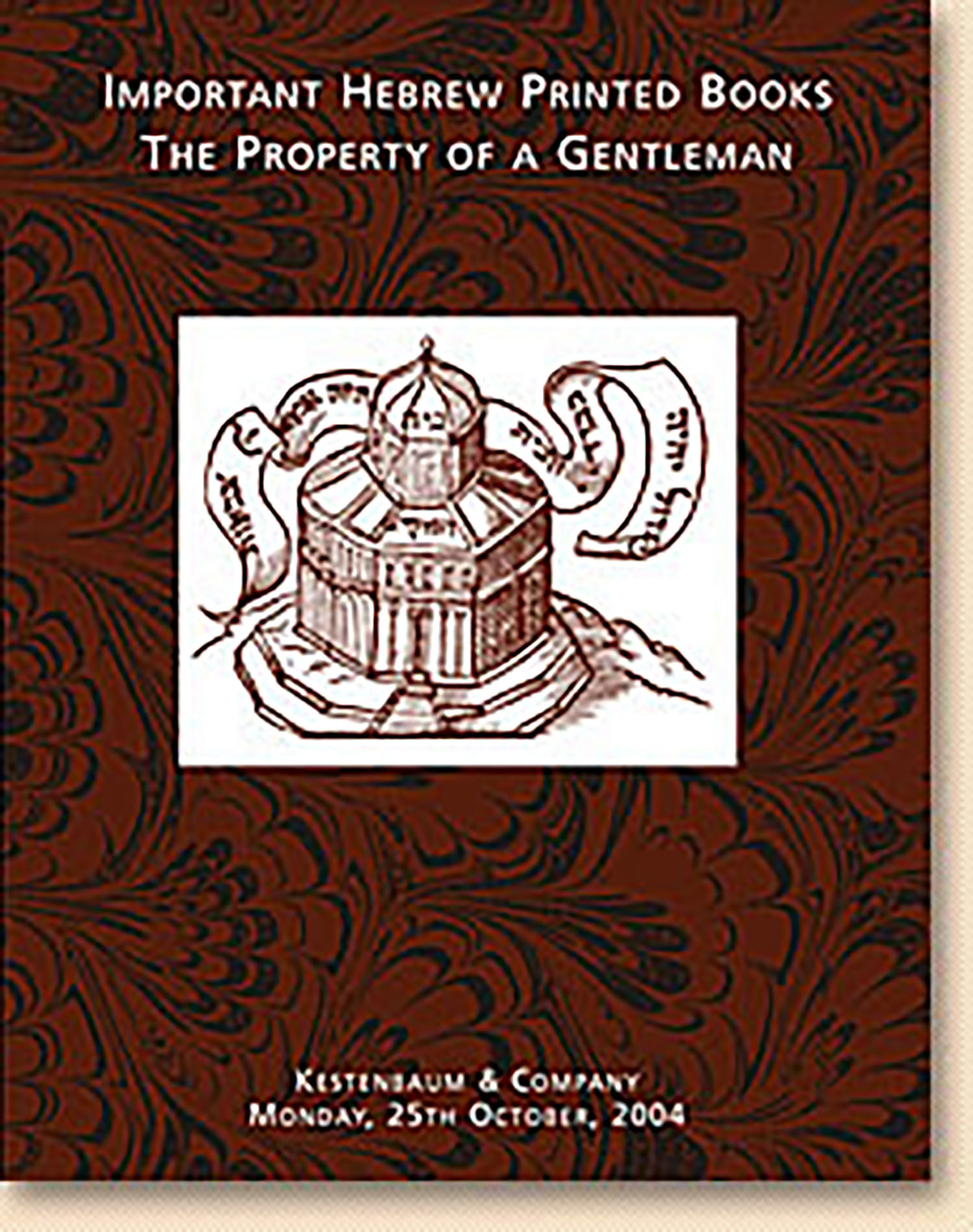Talmud Yerushalmi

AUCTION 25 |
Monday, October 25th,
2004 at 1:00
Important Hebrew Printed Books: The Property of a Gentleman
Lot 54
(TALMUD, JERUSALEM).
Talmud Yerushalmi
Venice: Daniel Bomberg (1523)
Est: $25,000 - $30,000
PRICE REALIZED $36,000
AN EXCEPTIONAL COPY. First Edition Upon Which All Further Editions Are Based.
The text of this first edition of the Yerushalmi was checked and compared to three other manuscripts. The most important of these, and in fact, the only complete manuscript extant, is the Leiden Manuscript (1289). However, Bomberg’s editor, Jacob ben Chaim ibn Adonyahu, produced a work somewhat wanting, by omitting key words and phrases, choosing difficult readings and, causing confusion with incorrect “corrections.” See J. N. Epstein, MeDikdukei Yerushalmi, in: Tarbiz, vol. V (1934), p.257; S. Lieberman, Studies in Palestinian Talmudic Literature (1991), pp.219-229, 236-238; and Y. Sussman, Introduction to the Yerushalmi based upon the Leiden MS (Jerusalem, 2002).
That the Jerusalem Talmud was printed without commentaries is indicative of the fact that relatively few scholars studied Yerushalmi. This pattern of neglect continued into recent times. Prof. Saul Lieberman, a product of the Slabodka Yeshiva, was no exception to this rule. H.Z. Dimitrovsky was told by Lieberman's brother, Meir, that before Saul's arrival in Eretz Israel he never studied Talmud Yerushalmi. It was only after the young Lieberman attended the lectures of Prof. J.N. Epstein at Hebrew University and heard for the first time of Zechariah Frankel’s Mevo HaYerushalmi, that he became exclusively preoccupied with the Jerusalem Talmud, eventually producing his masterful Yerushalmi KiPheshuto. See LeZichro shel Shaul Lieberman (Jerusalem: Ha-Akademia ha-Yisraelith le-Mada'im, 1984), p. 38. See also the tribute of Prof. Shraga Abramson, ibid., p. 27
